People in Huong Phu B hamlet (Chau Thanh commune) are gradually converting ineffective rice-growing land to growing other crops and fruits. Among them, growing Malay coconuts according to VietGAP standards, both to increase economic value and adapt to climate change and protect the environment.
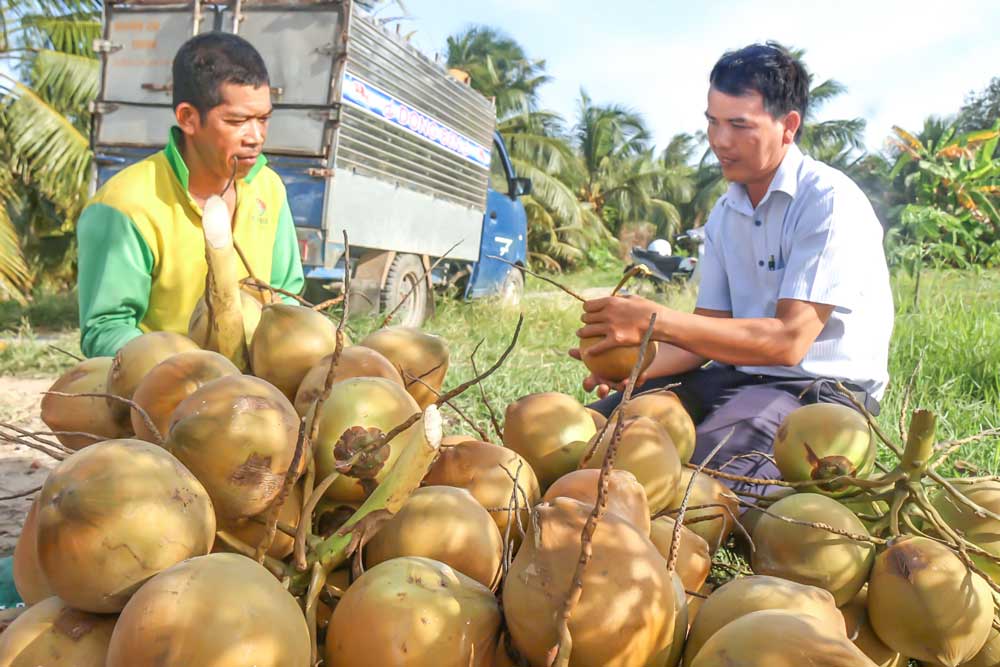 |
| Mr. Thach Ngoc Tuan (left) discusses how to grow Malaysian coconuts with grassroots officials. |
The model of growing Malaysian coconuts according to VietGAP standards was established in 2023, with 3 households participating in planting 1,500m2. Up to now, the whole hamlet has nearly 10 households participating in growing Malaysian coconuts, with a total of nearly 8ha.
Mr. Thach Ngoc Tuan is one of the pioneers in growing Malaysian coconuts. He shared: “With technical support from specialized sectors on the process of growing coconuts according to VietGAP standards, I boldly invested. When cared for properly, using organic and microbiological fertilizers instead of chemicals, coconut trees grow well and have few pests and diseases.
Coconut trees start to bear fruit after nearly 2 years of planting, and in the third year, they will be more regular. Compared to traditional coconut varieties, Malaysian coconut trees yield higher yields. On average, 1,000m2 can be planted with about 40 trees. Currently, my family harvests about 1 dozen (12 fruits) of coconuts per tree per month, with an average selling price of 6,000-8,000 VND per fruit. After deducting expenses, my family earns more than 300 million VND per hectare per year.
Mr. Thai Khem Ma Ra said: “Growing Malaysian coconuts is not difficult, as long as you take care of them properly, they will bring high economic efficiency. When I first joined, the farmers' association at all levels created conditions for me to participate in training sessions, and my colleagues in the group gave me specific instructions on drip irrigation methods, regular fertilization, and maintaining grass, limiting spraying... I did it correctly, so my coconuts bore fruit evenly, beautifully, and customers trusted me more.”
Mr. Kien Thanh, a coconut trader, said: “I have been buying Malaysian coconuts at Huong Phu B hamlet for over a year now. Customers really like them because Malaysian coconuts are sweet. Especially, applying VietGAP, the production process always focuses on protecting consumers’ health.”
Mr. Huynh Sa Ruone - Head of the People's Committee of Huong Phu B Hamlet, said: "The model of growing Malay coconut not only opens up a new direction in developing the household economy, but also affirms the role of safe, environmentally friendly farming in modern agriculture . In order for the model to continue to be effective, the hamlet government has coordinated with organizations to mobilize households with ineffective rice-growing land to invest in growing Malay coconut."
Coconut growers also support each other in terms of experience, share quality seed sources, organize technical groups in the community to learn together and supervise the care process according to VietGAP. Most households have recorded outstanding economic efficiency compared to traditional rice or coconut cultivation. In addition, coconut growers are also given access to preferential capital, because the initial investment for growing Malaysian coconut is high, more than 70 million VND/ha, so some households have land but lack capital.
Article and photos: SU CHIA
Source: https://baovinhlong.com.vn/kinh-te/nong-nghiep/202507/trong-dua-ma-lai-theo-huong-vietgap-07417e0/






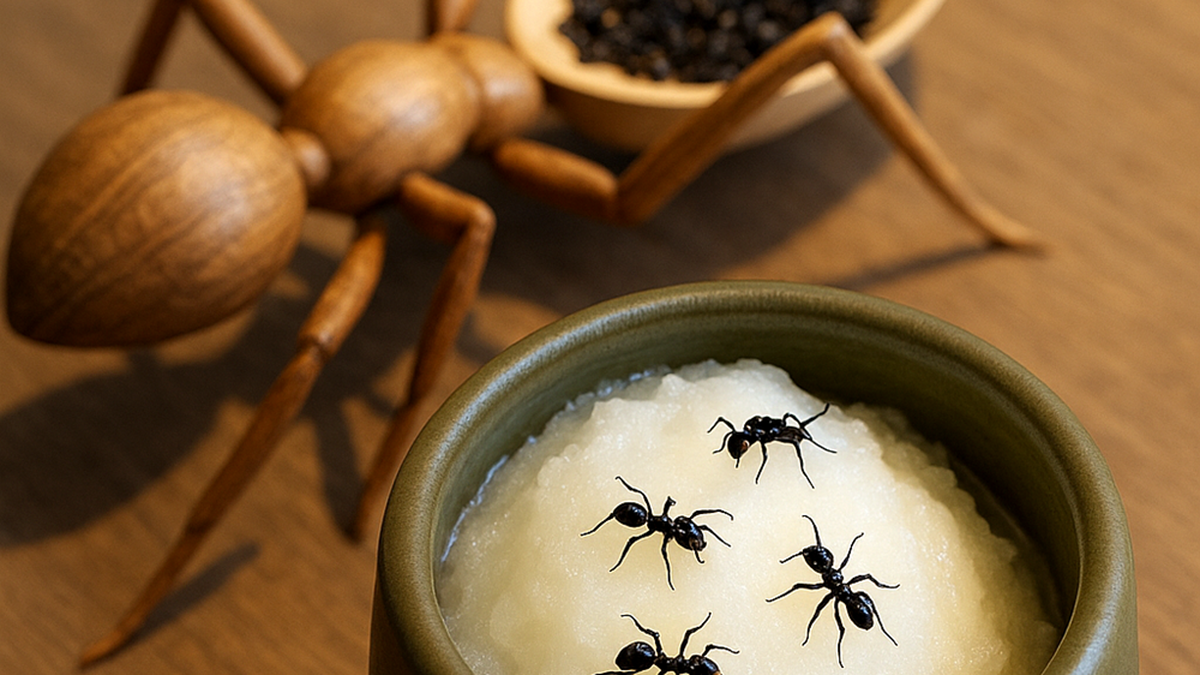

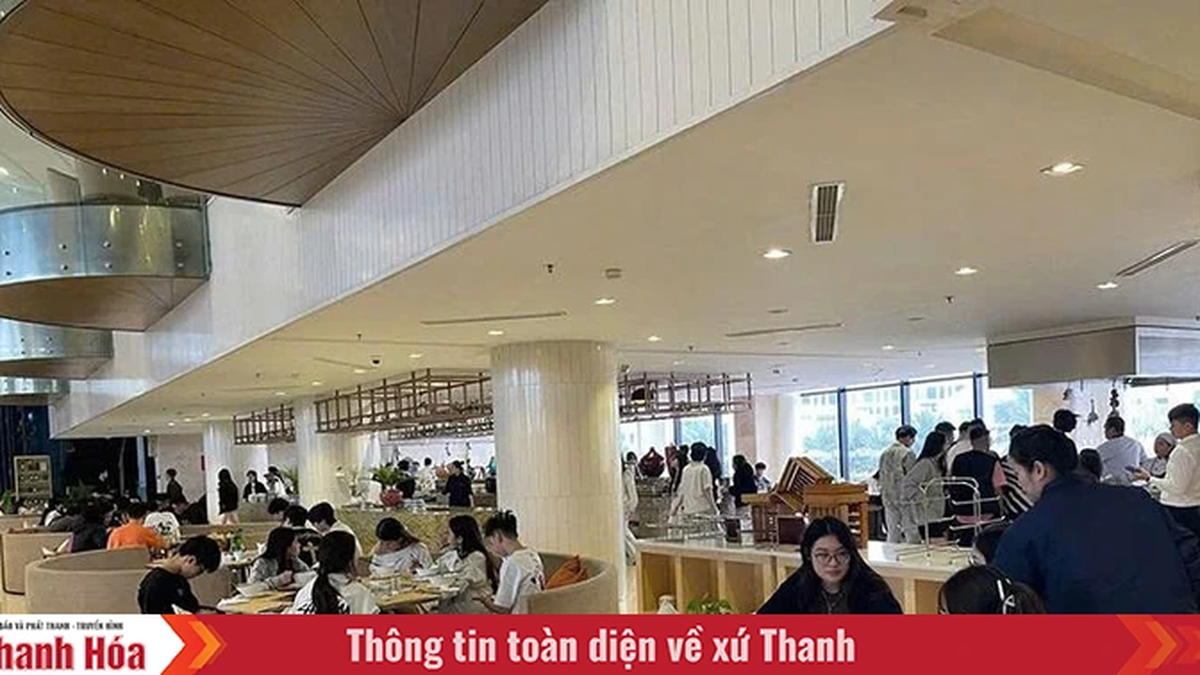
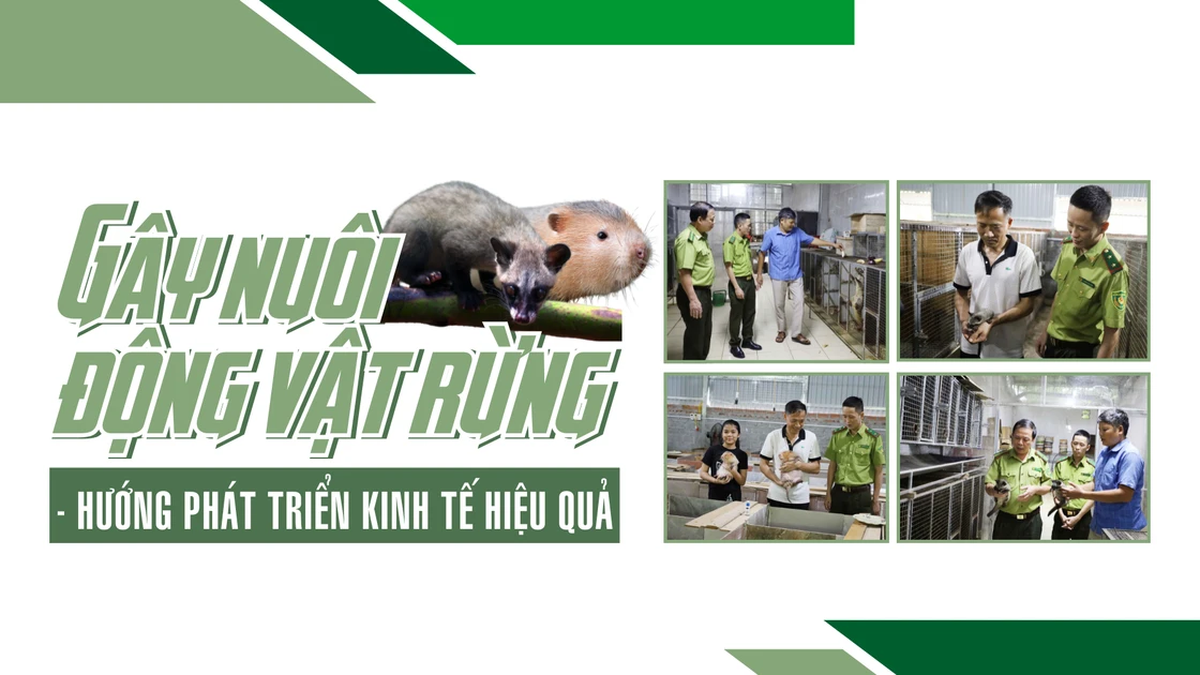
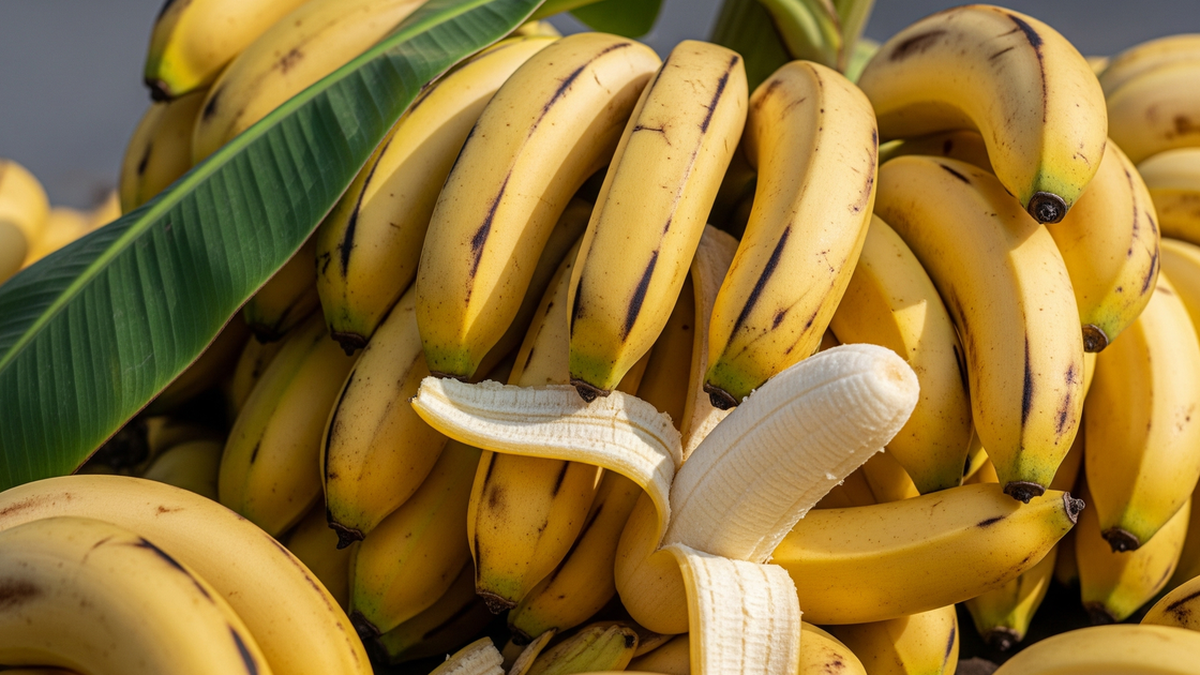












![[Photo] Gia Lai provincial leaders offer flowers at Uncle Ho's Monument with the ethnic groups of the Central Highlands](https://vphoto.vietnam.vn/thumb/1200x675/vietnam/resource/IMAGE/2025/7/9/196438801da24b3cb6158d0501984818)












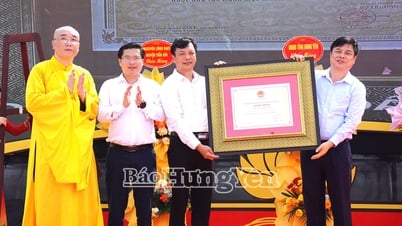



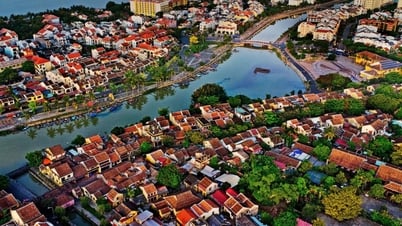



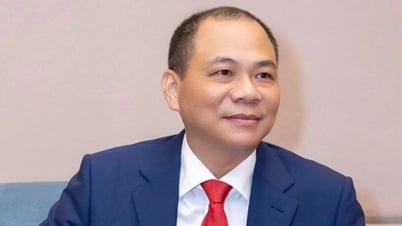

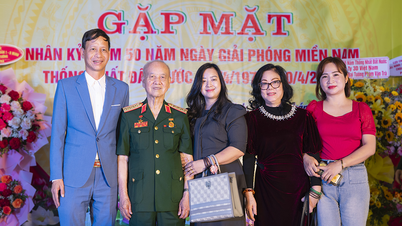

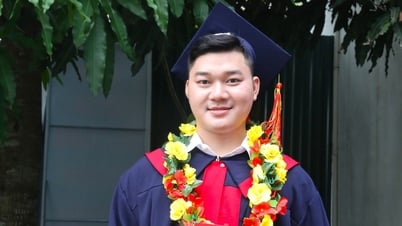


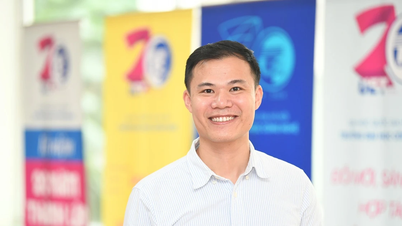

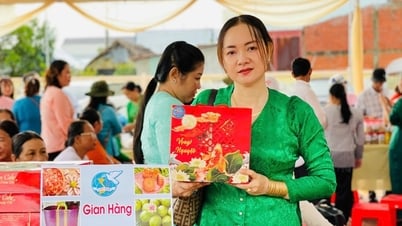





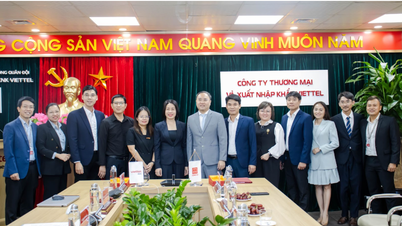
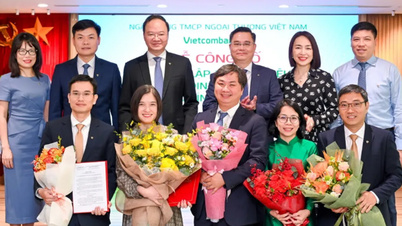




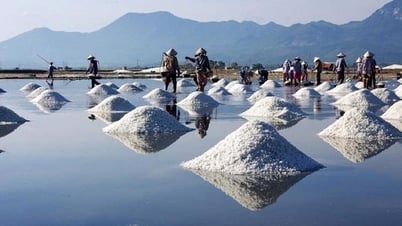


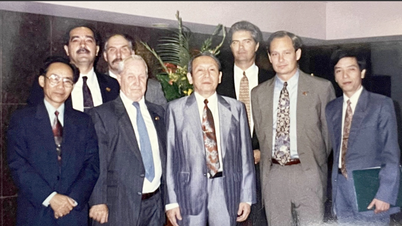

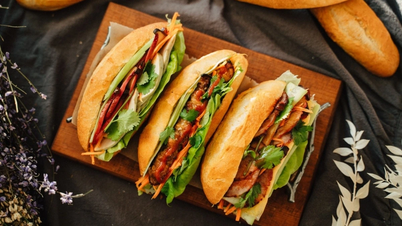



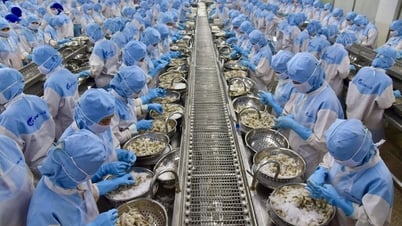
















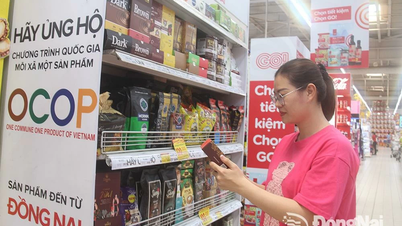



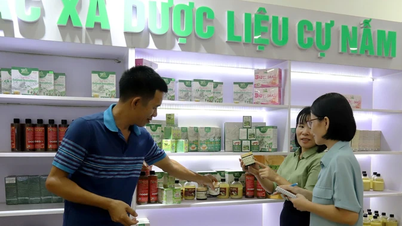





Comment (0)